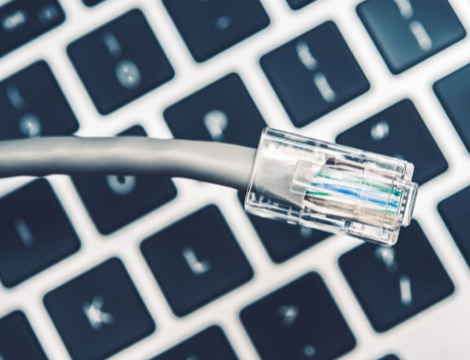Verizon Fios

(888) 317-7540
- PRICE RANGE $39.99 to $79.99 / mo.
- TECHNOLOGY Fiber
- SPEED RANGE (DOWNLOAD) 100 mbps to 940 mbps
- SPEED RANGE (UPLOAD) 100 mbps to 880 mbps
Verizon Fios OVERVIEW
Verizon FiOS is a provider of fiber broadband Internet, TV, and phone services. They offer 100% fiber connectivity and have one of the largest pure fiber networks on the market.
Verizon Fios TECHNOLOGY
Verizon Fios offers broadband internet, TV, and home phone service to consumers using their fiber-to-the-home (FTTH) network.
Fios is one of the first comers in deploying an expansive fiber optic network. They cover a good number of the states in the US. Parts of their network was sold to Frontier.
The cost of inauguration of a fiber network is quite expensive. Considering the cost of labor to build fiber cable installations underground, combined with the actual cost of the fiber cable technology, the service ends up being at a higher price target. It does offers the lowest latency and highest bandwidth capabilities. If you are more about the quality of the service rather than the price, choose fios.
Verizon Fios RATINGS AND REVIEWS


62.0% recommendation rating according to 25,930 verified users.
XFINITY from Comcast

(844) 319-3637
- PRICE RANGE --
- TECHNOLOGY Cable
- SPEED RANGE (DOWNLOAD) 15 mbps to 1,000 mbps
- SPEED RANGE (UPLOAD) 2.0 mbps to 35 mbps
XFINITY from Comcast OVERVIEW
Xfinity by Comcast provides broadband internet, cable TV, and phone service via their hybrid fiber coaxial network. Xfinity is one of the most widely available cable Internet providers in the US.
XFINITY from Comcast TECHNOLOGY
Xfinity by Comcast offers Internet, TV, and phone service through hybrid fiber coaxial (HFC) network. They are also starting to offer fiber-to-the-home (FTTH) networks in some areas.
Hybrid Fiber Coaxial (HFC) networks are used globally by cable providers to deliver broadband internet access to consumers. HFC networks deliver a fiber optic connection to a connecting node within a neighborhood, which then branches off to service 2500 to 2000 homes in the surroundings. Comcast and other cable providers are able to take advantage of their existing coaxial infrastructure to offer competitive broadband speeds at lower up-front installation fees.
On the other hand, FTTH installations are fiber-optic cables run directly to the residential or commercial place of service. Running fiber optic cables is expensive for the providers so this technology is not yet widely available.
XFINITY from Comcast RATINGS AND REVIEWS



